CONTENTS
Guide
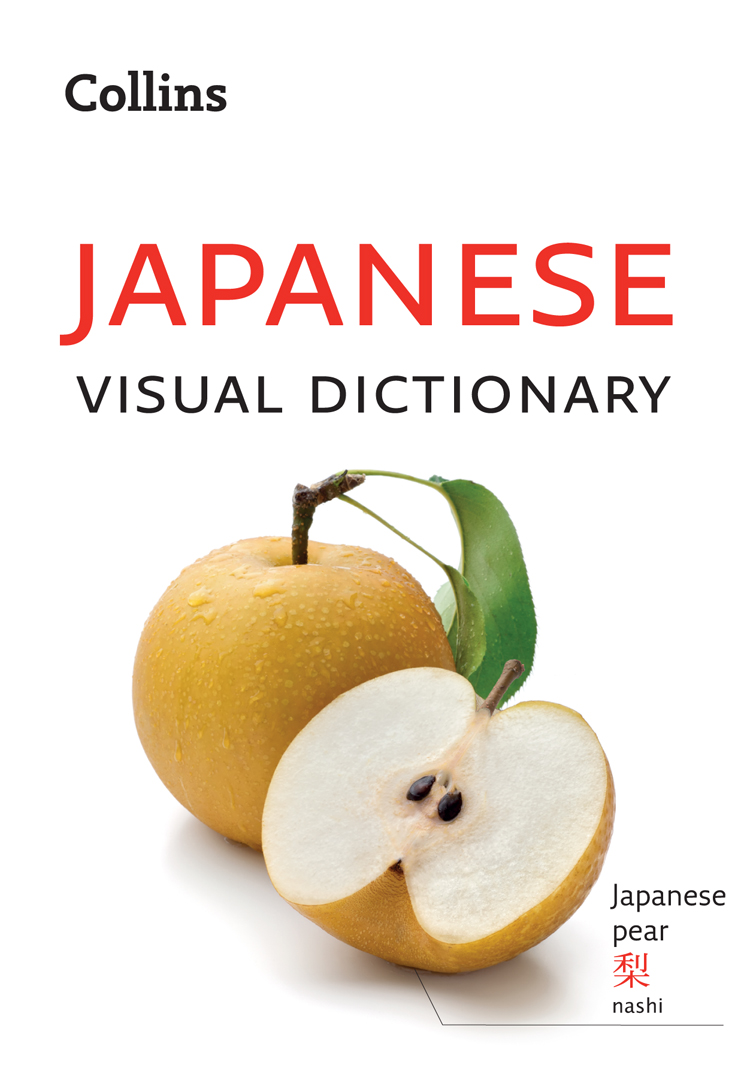
Published by Collins An imprint of HarperCollins Publishers Westerhill Road Bishopbriggs Glasgow G64 2QT First Edition 2019 HarperCollins Publishers 2019 Collins is a registered trademark of HarperCollins Publishers Limited Ebook Edition March 2019 ISBN: 9780008319939 Version: 2019-03-28 All rights reserved under International and Pan-American Copyright Conventions. By payment of the required fees, you have been granted the non-exclusive, non-transferable right to access and read the text of this ebook on screen. No part of this text may be reproduced, transmitted, downloaded, decompiled, reverse engineered, or stored in or introduced into any information storage and retrieval system, in any form or by any means, whether electronic or mechanical, now known or hereafter invented, without the express written permission of HarperCollins. Entered words that we have reason to believe constitute trademarks have been designated as such. However, neither the presence nor absence of such designation should be regarded as affecting the legal status of any trademark. HarperCollins does not warrant that any website mentioned in this title will be provided uninterrupted, than any website will be error free, that defects will be corrected, or that the website or the server that makes it available are free of viruses or bugs.
For full terms and conditions please refer to the site terms provided on the website. If you would like to comment on any aspect of this book, please contact us at the given address or online. E-mail  www.facebook.com/collinsdictionary
www.facebook.com/collinsdictionary  @collinsdict
@collinsdict
CONTENTS
Whether youre on holiday or staying in Japan for a slightly longer period of time, your
Collins Visual Dictionary is designed to help you find exactly what you need, when you need it. With over a thousand clear and helpful images, you can quickly locate the vocabulary you are looking for.
The Visual Dictionary includes:- 10 chapters arranged thematically, so that you can easily find what you need to suit the situation
- images illustrating essential items
- YOU MIGHT SAY common phrases that you might want to use
- YOU MIGHT HEAR common phrases that you might come across
- VOCABULARY common words that you might need
- YOU SHOULD KNOW tips about local customs or etiquette
USING YOUR COLLINS VISUAL DICTIONARY The points below explain a few basic concepts of Japanese pronunciation and grammar and will help ensure that your
Collins Visual Dictionary gives you as much help as possible when using Japanese: 1) There are several systems for writing Japanese in Roman characters, but the most understandable for English speakers is called the Hepburn system, which has been adapted slightly for use in this dictionary. 3) There are different levels of politeness in Japanese, but polite forms suitable for general use have been used in the phrases in this book. 3) There are different levels of politeness in Japanese, but polite forms suitable for general use have been used in the phrases in this book.
Verbs are shown in the plain form. This is the form used among family members and close friends, and to form more complex structures, so you may hear people using it. However, it is safest to stick to using the polite form to avoid appearing over-familiar or rude. In the polite form, Japanese verbs end in -masu. Negative forms and past tenses are made by changing the verb ending. 4) Japanese uses small words called particles to show how different parts of the sentence relate to each other.
Some are similar to English prepositions, but in Japanese they come immediately after the nouns they refer to. These particles have the following functions:
| wa | topic marker |
| ga | subject marker |
| o | direct object marker |
| ni | indirect object marker, goal and location marker |
| to | connects nouns, and or with |
| de | indicates by which means an action is carried out or where an action takes place |
| no | indicates that the second noun is described in some way by the first, e.g. possession |
| mo | also/as well |
| kara | from/since |
| made | until/as far as |
Other particles occur at the end of sentences to change the meaning from a straightforward statement. The most common ones are:
| ka | question marker |
| ne | asks for agreement or confirmation |
| yo | adds emphasis |
Finally, some particles are used to link clauses to make more complex sentences. Two of the most useful are
kara because/so (which always comes after the reason or cause) and
ga but/although. 5) Japanese word order is
subject object verb, with the verb at the end of the sentence.
The basic Japanese sentence has a topic and a comment section. The topic, indicated by the topic marker wa, usually comes at the beginning of the sentence, but if it is understood among the speakers or from the context, it is often omitted. Personal pronouns are avoided; instead, the persons name is normally used, even for you. The most neutral order for additional phrases in longer sentences is time manner place. FREE AUDIO We have created a free audio resource to help you learn and practise the Japanese words for all of the images shown in this dictionary. The Japanese words in each chapter are spoken by native speakers, giving you the opportunity to listen to each word twice and repeat it yourself.
Download the audio from the website below to learn all of the vocabulary you need for communicating in Japanese. www.collinsdictionary.com/resources
Whether youre going to be visiting Japan, or even living there, youll want to be able to chat with people and get to know them better. Being able to communicate effectively with acquaintances, friends, family, and colleagues is key to becoming more confident in Japanese in a variety of everyday situations.

umbrella kasa 1. blue aoi 2. yellow kiiroi 4. green midori no 5. white shiroi 6. black kuroi
THE BASICS |
Hello. konnichiwa. konnichiwa.
Good morning. ohay (gozaimasu). Good afternoon. konnichiwa. Good evening. konbanwa.
Good night. oyasumi (nasai). See you soon. j, mata. See you tomorrow. Goodbye. saynara. saynara.
Bye! j ne. YOU SHOULD KNOW Japanese people bow to express their respect and appreciation. People bow to accompany greetings, words of appreciation, or apologies. The strength of the respect, gratitude, or apology dictates how low your bow should be. There are two other common ways of saying goodbye in Japanese. The first, itte kimasu, is said by someone who is leaving but will return later.
The second, itte rasshai, is said by the other person in response to that and literally means go and return. Yes. hai. No. iie. wakarimasen. please onegai shimasu. please onegai shimasu.
No, thanks. iie, kekk desu. Excuse me. sumimasen. Sorry? nan desu ka? Im sorry. sumimasen.
OK! hai! Thank you. arigat (gozaimasu). Youre welcome. iie (d itashimashite). Go ahead./Here you are. sai desu. sai desu.

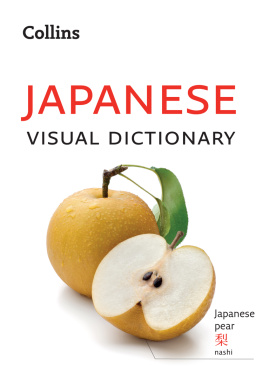
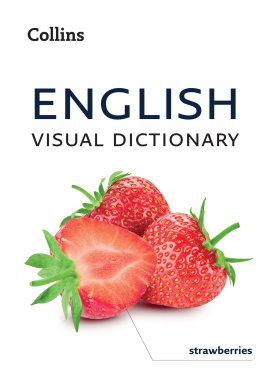
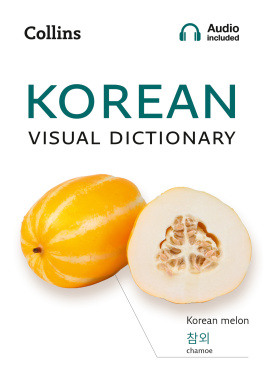
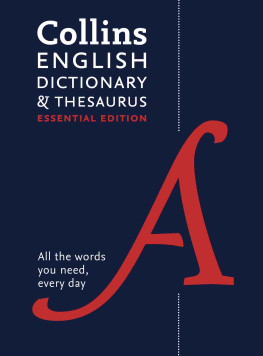


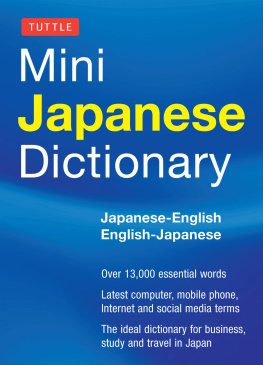
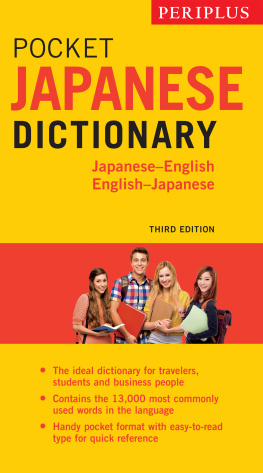
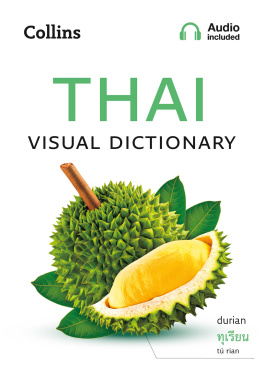
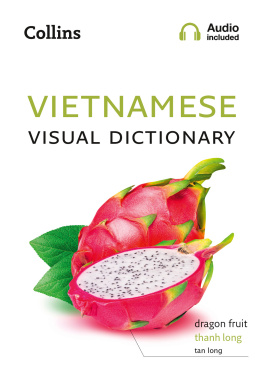
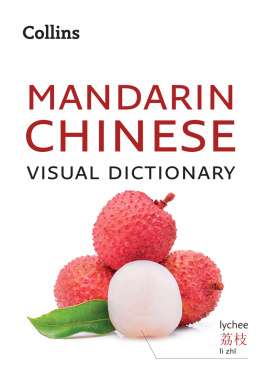


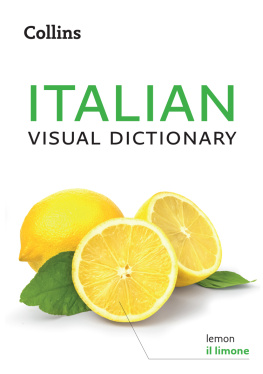
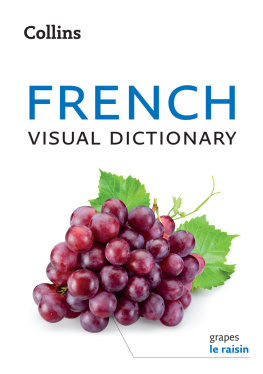


 www.facebook.com/collinsdictionary
www.facebook.com/collinsdictionary  @collinsdict
@collinsdict umbrella kasa 1. blue aoi 2. yellow kiiroi 4. green midori no 5. white shiroi 6. black kuroi
umbrella kasa 1. blue aoi 2. yellow kiiroi 4. green midori no 5. white shiroi 6. black kuroi